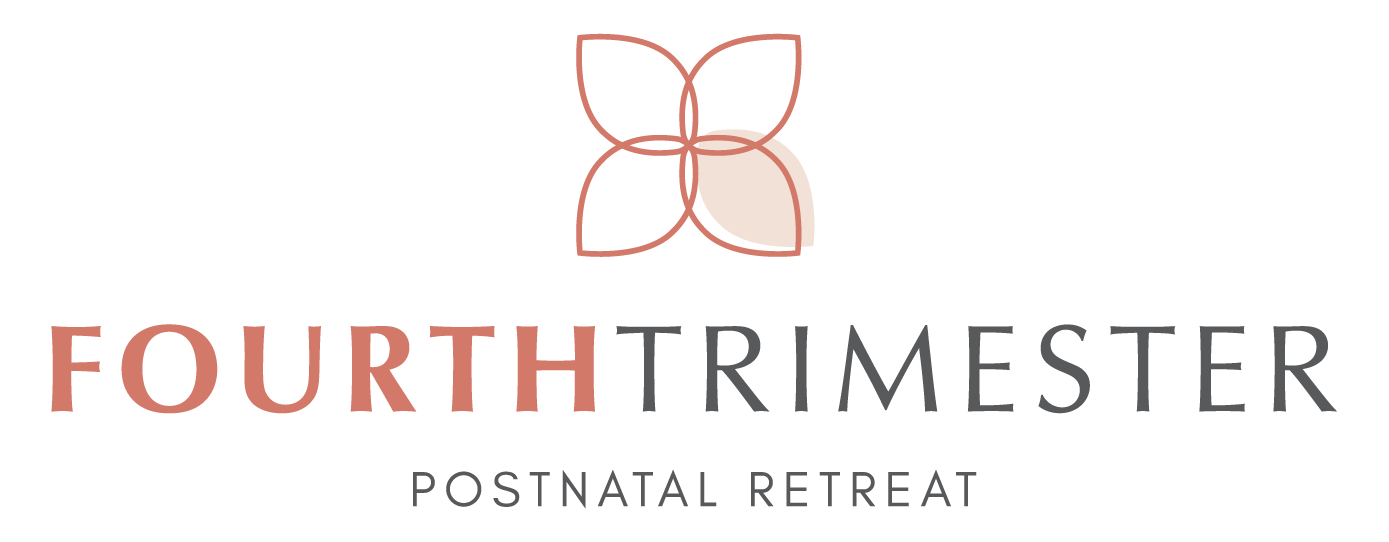Learn about pacifier weaning from our director, Katie Billingsley (CCC-SLP, CBS), Speech Language Pathologist, Certified Breastfeeding Specialist
It’s well established that we need to wean a pacifier in order to make sure that we don’t experience dental issues and orofacial development problems.
The American Academy of Pediatric Dentistry recommends weaning at around 18 months or when canines start to erupt, and absolutely by age three, in order to avoid negative ramifications.
It might also be helpful to know, though, that between four to six months of age, babies reach a stage of cognitive development where they’re starting to understand cause and effect. They’re starting to develop associations like sleep associations, for example, and to form attachments as well.
This stage is actually the easiest time to start weaning from a pacifier and establishing some other ways of soothing baby, since as they get older, they’re just going to struggle more and more with the loss of that comfort object and changes in their routine.
Some methods for weaning include:
🍼 Cold turkey
🍼 Layering on other associations like patting, shushing, rocking or singing, and gradually reducing time with the pacifier until it’s no longer needed
🍼 Using a pacifier weaning kit that comes with pre-cut holes making it increasingly difficult to suck on (do NOT attempt to cut holes in the pacifier, as this can compromise safety)
🍼 If your child is older, having lots of discussions about the pacifier going away so they feel prepared, marking a date on the calendar, allowing them to gather and discard the pacifiers themselves, having a “paci party” or happy celebration, and possibly replacing the pacifier with another comfort object.




